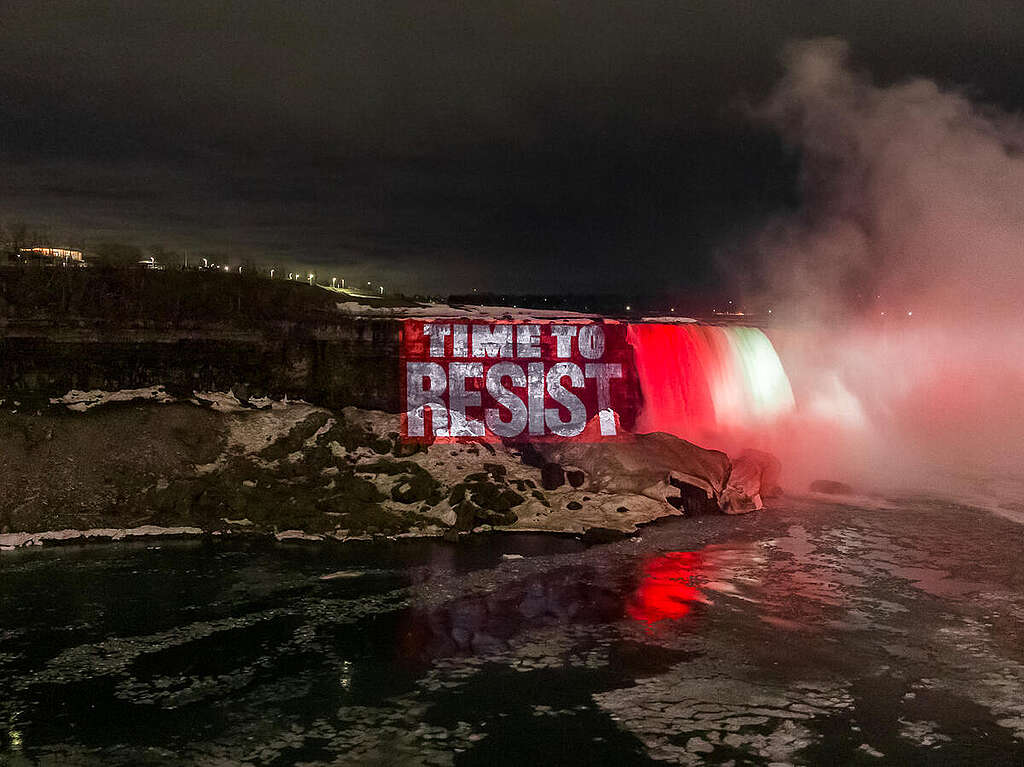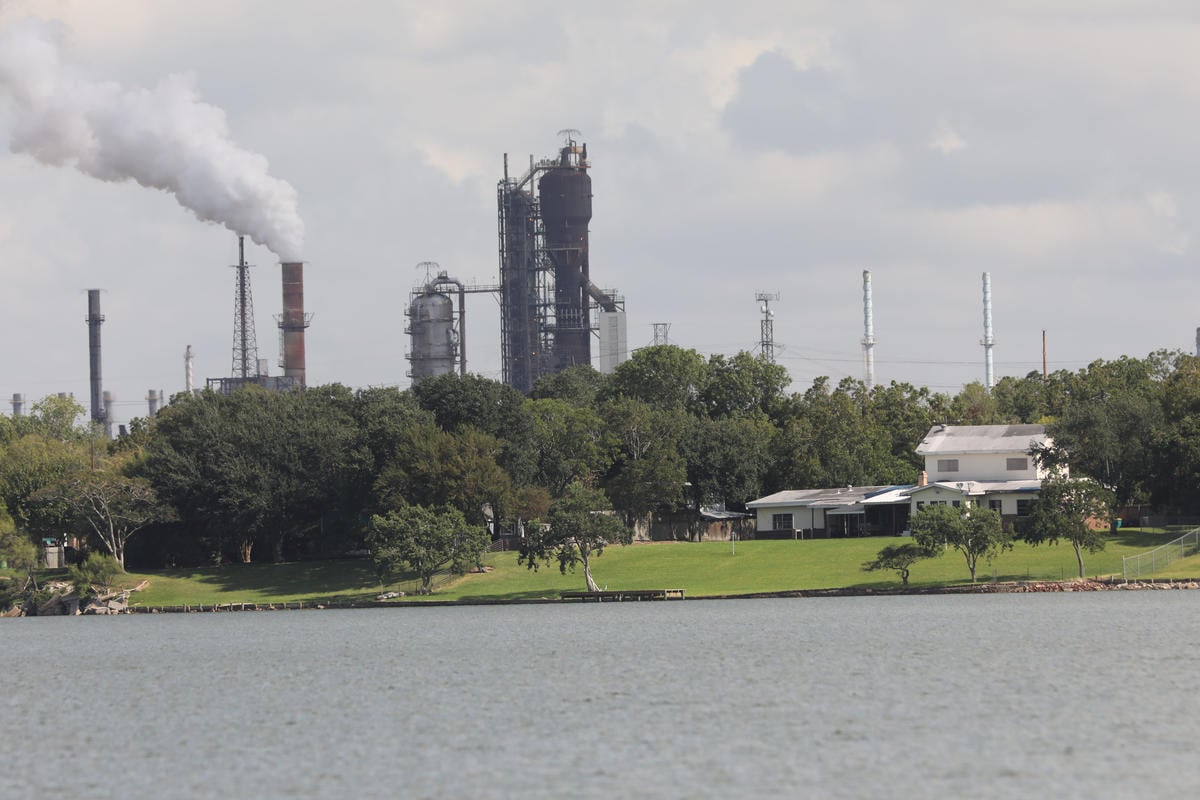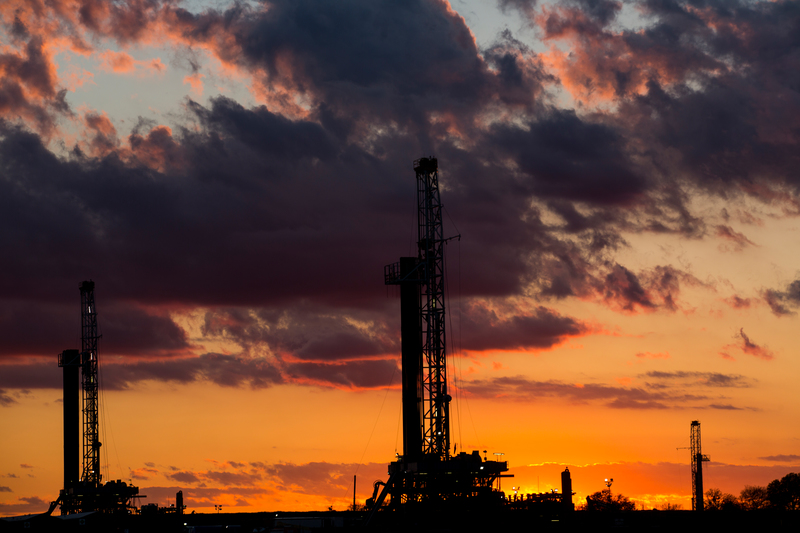We know what Bank Governor Mark Carney did on climate, but what will Prime Minister Carney do? Or rather, what could we make him do if we work our asses off in smart ways?
On the campaign trail, Carney was “carefully vague” as he committed to keep the core of the Trudeau government’s climate plan, while simultaneously pledging to make Canada an “energy superpower” in a way that would allow voters to see whatever future (clean energy or fossil fuel expansion) they want in his words.
Now he has to make choices. This is in no way comprehensive (each point could be a book), but here are the biggest risks and opportunities I see, and how we can organize to push for better outcomes. These are personal musings on the risks and opportunities that lie before us, based on 20+ years teaching this stuff at universities and 30+ years as an activist, so feel free to share your thoughts in the comments.
Risks
- Carney tries to make peace with oil lobby (oil companies plus allied politicians like Alberta Premier Danielle Smith) by:
- The federal government building the oil lobby another pipeline (after the $34 billion Trans Mountain boondoggle). There are three reasons I see this as unlikely: it couldn’t get built until long after Trump is out of office so doesn’t address the Trump problem; there’s no economic case for it given long-term forecast for decline in oil demand (even its biggest booster, oil CEO Adam Waterous, admits it would have to be publicly-owned and built); and Carney has said he’d respect vetos from Quebec or First Nations.
- Weakening climate regulations, most likely by allowing provinces to set their own rules and/or prioritizing voluntary action by corporations. The Canadian Association of Petroleum Producers was asking for the federal government to abandon carbon pricing, leave all emission reduction policy-making to the provinces and repeal key federal impact assessment legislation in its 2025 election platform. I suspect deregulation (rather than new pipelines) was their end game, and the feds could give it to them if we aren’t vigilant.
- Nationalism is a tricky thing. The surge of anti-Trump Canadian nationalism could paradoxically fuel a Trump-style, burn-it-all-down resource extraction agenda that sidelines (even further) reconciliation with Indigenous peoples. The oil industry has already tried to capitalize on this by calling on Carney to copy Trump and declare an “energy emergency” to bypass due process (which would ultimately benefit some of Trump’s closest allies). That could take us down some very dark roads.
This time, when Very Serious People propose a grand compromise to placate oil industry opposition, let’s remember how that’s played out historically. In the 2000s, we tried it on carbon pricing (hey, Conservatives will have to support a market-based mechanism, right?). Then Conservative politicians endlessly campaigned against the carbon tax (including with a lot of outright misinformation). Post-2015, we tried it with the Trans Mountain pipeline, where the Trudeau government burned over $34 billion (and a lot of political capital) to build a pipeline in exchange for an oil patch political promise to support a national climate plan, only to have the oil industry (and the Premiers of Alberta and Saskatchewan) ignore the deal, and up their demands for fossil fuel subsidies and supports.

Opportunities
Trump has shattered the status quo, which creates both the risks identified above and some opportunities. The cornerstone of Carney’s pitch to Canadian voters was that we need to fundamentally re-orient our economy and the government has to get back into building World War Two-style national projects. Opportunities here include:
- The reorientation of the Canadian economy away from the U.S. accelerates the transition off fossil fuels as Carney’s ‘build, baby, build’ mantra results in big, national projects like:
- Building millions of green, affordable homes with sustainably-sourced lumber, powered by heat pumps and solar panels. Given the emphasis Carney placed on getting the federal government back into the business of building homes, this one is very do-able.
- The Liberal’s promised national energy corridor forgoes new oil and gas pipelines in favour of an East-West electrical grid that facilitates decarbonization (new wind and solar backed by existing hydro dams acting as giant batteries) and reconciliation (respecting the right to free, prior and informed consent, alongside prioritizing Indigenous participation in the new energy economy). This would require deflecting Carney’s ‘all of the above’ energy strategy away from fossil fuels, which won’t be easy given the strength of the oil lobby (but still within the realm of the possible).
- A green industrial strategy that creates good, unionized jobs making green steel, electric cars and buses, critical minerals, and everything else we need to meet our needs while enforcing the highest social and environmental standards. Organized labour could likely get behind this, which might also pull some of their members back from supporting the Conservative’s fake-populist pitch.
- Fully integrating nature protection into our climate adaptation and mitigation strategies. This is moving up the likelihood scale with former Minister of Environment (and former Greenpeace campaigner) Steven Guilbeault now in charge of the ministries of Canadian Culture and Identity, alongside Parks Canada.
- Use the powerful tools at the disposal of the federal government to align finance (private banks and insurance companies) with our climate goals. Climate finance was Carney’s signature move as the Governor of the Bank of England, but the limits of voluntary action are unmistakable as Canadian banks bail on the green banking club he created and abandon their sustainable finance goals in the face of Trump’s assault.
- We pay for these investments by raising taxes on the ultra-wealthy and making big polluters pay into a climate recovery fund. Taking on billionaires and Big Oil is never easy, but their open support for Trump’s agenda makes this more do-able than at any point in my lifetime.
- We limit the damage Trump (and Trump-like political actors) can do by working with allies to build a stronger, fairer international order. This will be an early test for Carney, as Canada hosts the next G7 meeting in June.
None of this is going to happen on its own. It’s going to take a lot of on-the-ground organizing within and across movements. It’s also going to require developing better ways to inoculate and defend against misinformation and radicalization, which has been a core element of the far right’s organizing work (aided and abetted by tech billionaires and oil companies).
It’s time to resist.



